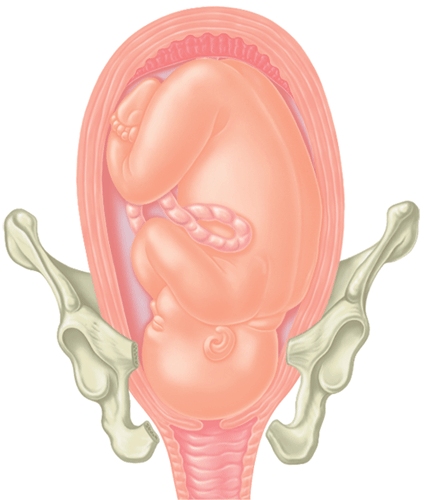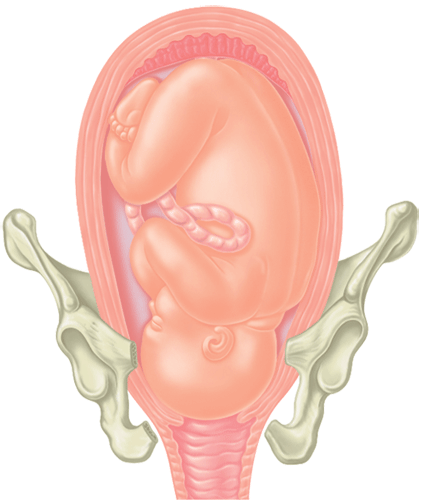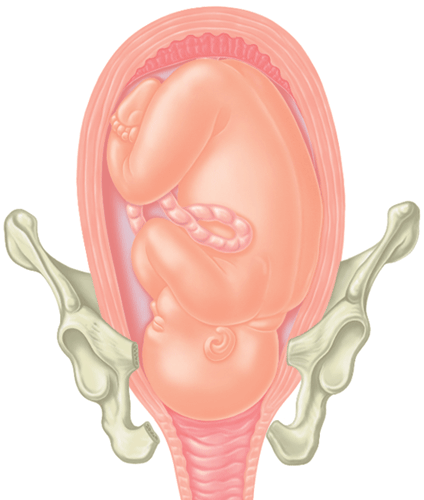Dilatation
In the early stages
of labor, the cervix begins to thin, known as effacement, and then
starts to widen, or dilate, so that the baby can pass through it and out
of the vagina. The baby's head cannot pass through the cervix until it
is 10 cm wide or fully dilated. The time this takes varies with each
labor. Some women are several centimeters dilated at the start of labor
while others take several hours to reach this stage.
2cm dilated:
In the early stages, the cervix starts to soften and gradually open.
2cm dilated

6cm dilated:
The cervix is around half way through its dilatation and the contractions get stronger.
6cm dilated

10cm dilated:
At this stage, the cervix has widened sufficiently for the uterus to push the baby out.
10cm dilated

Positions for the first stage of labor
In the early stages,
many women prefer to walk around, and being active helps labor progress.
If you get tired, sitting on a chair leaning forward can be
comfortable, as can kneeling over a birthing ball or pillows. Some women
find sitting on the toilet comfy! If you want to lie down, lying on
your left side is best since the pelvis isn't restricted and can open as
the baby moves down, and the blood flow to the baby is not affected.
Use your partner as a support to maintain an upright position.

Arrange pillows or bean bags for resting in a squatting position.

Leaning into the back of a chair can be comforting and supportive.
